Hello hivers 📌💯
Raising goats in Africa can be a profitable venture due to the high demand for goat meat, milk, and skin. Goats are resilient animals that thrive in diverse climates, making them suitable for small-scale and large-scale farming. This guide will provide a comprehensive step-by-step approach to successfully raising goats in Africa.
1. Choosing the Right Goat Breed
Selecting the right breed is crucial for a successful goat farming operation. The choice depends on the purpose of farming—whether for meat, milk, or both.
Common Goat Breeds in Africa:
- Meat Breeds:
Boer Goat (South Africa) – High meat yield, fast growth.
West African Dwarf Goat – Hardy, disease-resistant, common in West Africa.
Kalahari Red – Excellent for meat production, adapted to arid climates.
- Milk Breeds:
Saanen – High milk production, good for commercial dairy farming.
Toggenburg – Well-adapted to different climates, good milk yield.
Alpine Goat – Tolerates various environments, good for dairy production.
- Dual-Purpose Breeds (Meat & Milk):
Nubian Goat – Good milk yield with high butterfat content, also good for meat.
Savanna Goat – Adapted to African conditions, grows fast, and produces quality meat.
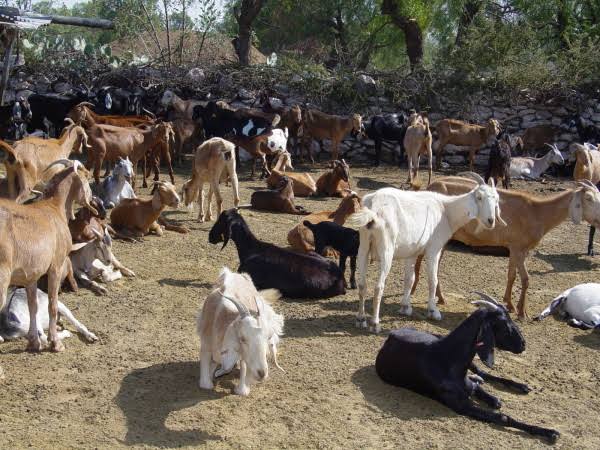
Choosing a breed suited to your local climate and market demand will increase the chances of success.
2. Setting Up a Goat Farm
a) Securing Land
Goats require space to roam and graze. Ensure the land has adequate pasture.
Ideally, one acre can support 8–10 goats, depending on vegetation.
Goats prefer dry, well-drained land; avoid waterlogged areas.
b) Building Housing (Goat Pens or Sheds)
Goats need shelter from extreme weather, predators, and diseases.
Construct raised wooden or concrete floors to keep the pen dry and clean.
Ensure proper ventilation to prevent respiratory diseases.
A simple housing structure should include feeding and resting areas, with access to fresh air.
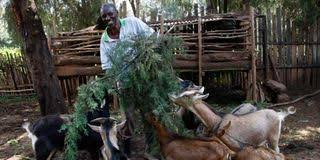
c) Fencing the Farm
Goats are known escape artists, so strong fencing is necessary.
Use barbed wire, mesh wire, or wooden fencing.
Fences should be at least 1.2 to 1.5 meters high to prevent goats from jumping over.
- Feeding and Nutrition
Proper feeding ensures healthy growth, high reproduction rates, and better meat/milk quality.
a) Types of Goat Feed
- Pasture & Browsing: Goats naturally graze on grass, shrubs, and tree leaves.
- Supplementary Feed: In areas with poor pasture, supplement with:
Hay or silage
Leguminous plants like lucerne, cowpeas, or leucaena
Concentrates (e.g., maize bran, wheat bran, soya bean meal)
- Minerals and Salt Licks: Goats need salt and mineral blocks for proper nutrition.
- Water: Provide clean, fresh water daily—essential for milk-producing goats.
b) Feeding Schedule
Allow free grazing during the day and provide supplementary feed in the evening.
Pregnant and lactating goats need additional high-protein feed.
Kids (young goats) should receive nutritious feed to support rapid growth.
- Goat Breeding and Reproduction
a) Selecting Breeding Stock
Choose healthy, disease-free goats with a strong genetic background.
A good breeding male (buck) should be strong, aggressive, and well-built.
One buck can serve 20–30 does (female goats).
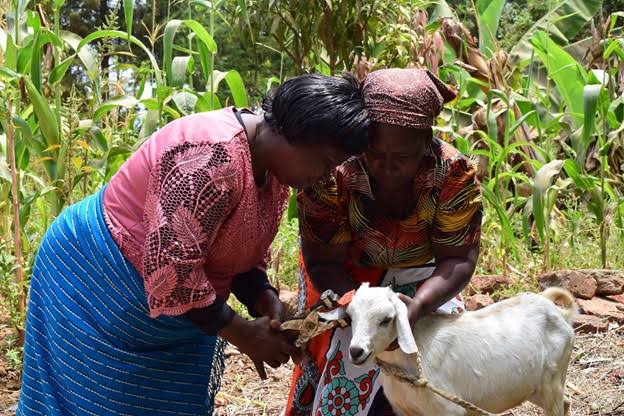
b) Breeding Cycle
Female goats reach maturity at 6–8 months and can start breeding.
The estrus (heat) cycle occurs every 17–21 days and lasts for 24–48 hours.
Pregnancy lasts 5 months (150 days).
A doe can give birth twice a year, usually to 1–3 kids per birth.
c) Kid Management
Ensure kids receive colostrum (first milk) within the first 6 hours after birth.
Provide proper nutrition for rapid growth.
Castrate unwanted male goats at 2–4 weeks to improve meat quality.
5. Disease Management and Vaccination
a) Common Goat Diseases in Africa
- Peste des Petits Ruminants (PPR) – Viral disease causing high mortality.
- Goat Pox – Skin infection with lesions, common in humid areas.
- Brucellosis – Causes abortions in pregnant goats.
- Worm Infestation – Internal parasites (worms) reduce productivity.
- Foot Rot – Bacterial infection due to wet, muddy conditions.
b) Preventive Measures
Vaccinate regularly against PPR, brucellosis, and other local diseases.
Deworm goats every 3 months to prevent parasites.
Keep pens clean and dry to avoid infections.
Separate sick goats from the herd to prevent disease spread.
Consult a vet regularly for health check-ups.
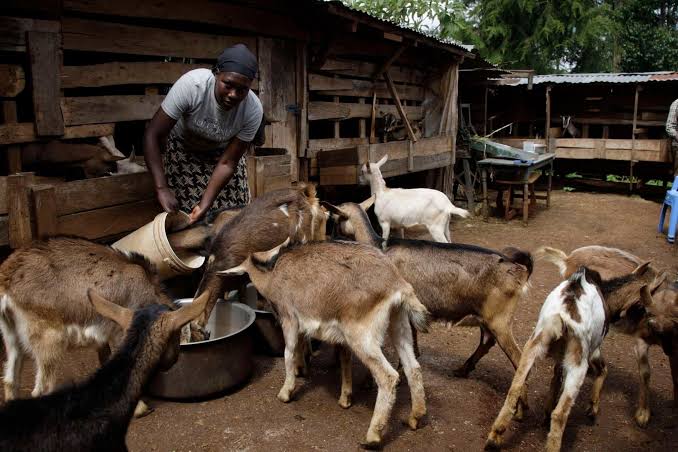
- Marketing and Selling Goats
a) Identifying Markets
Sell goats to local butchers, supermarkets, hotels, and meat processing industries.
Participate in livestock markets and auctions.
Export opportunities exist for countries that demand goat meat.
b) Best Age for Selling
Meat Goats: Sell at 8–12 months for maximum profit.
Dairy Goats: Sell milking does at peak productivity (2–4 years old).
Breeding Stock: Sell high-quality bucks and does to other farmers.
c) Pricing Strategy
Price varies by breed, weight, and demand.
Weigh goats before selling to estimate price accurately.
Branding or ear tagging helps track and identify goats.
- Financial Planning and Profitability
a) Start-up Costs
Initial expenses include land, housing, fencing, breeding stock, and feeding.
b) Operating Costs
Feed, medicine, vaccinations, labor, and water supply.
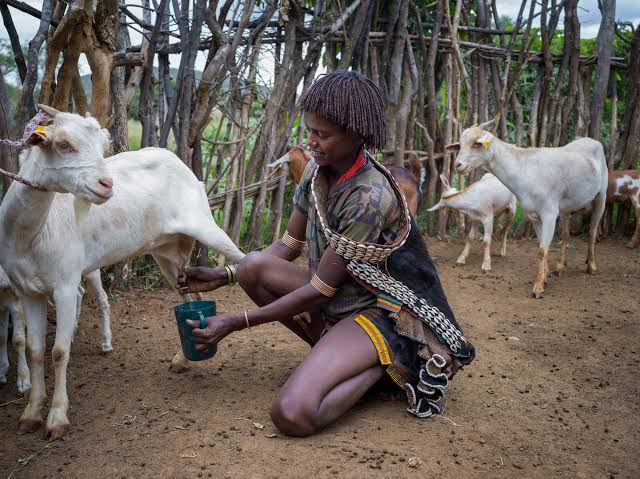
c) Expected Revenue
Meat goats can fetch $50–$150 per goat, depending on size and breed.
Dairy goats produce 2–4 liters of milk per day, which can be sold for extra income.
d) Profitability Tips
Reduce feed costs by growing fodder crops.
Minimize disease outbreaks through preventive health care.
Increase earnings by value-adding (e.g., selling processed milk or goat cheese)
Conclusion
Goat farming in Africa is a profitable and sustainable business when properly managed. By choosing the right breed, providing proper nutrition, ensuring good healthcare, and following best management practices, farmers can maximize profits. With growing demand for goat meat and dairy products, this venture presents a great opportunity for both small-scale and large-scale farmers.
Would you like specific guidance on setting up a farm in your country?
Thank you
Ben
@tipu curate
Upvoted 👌 (Mana: 36/46) Liquid rewards.